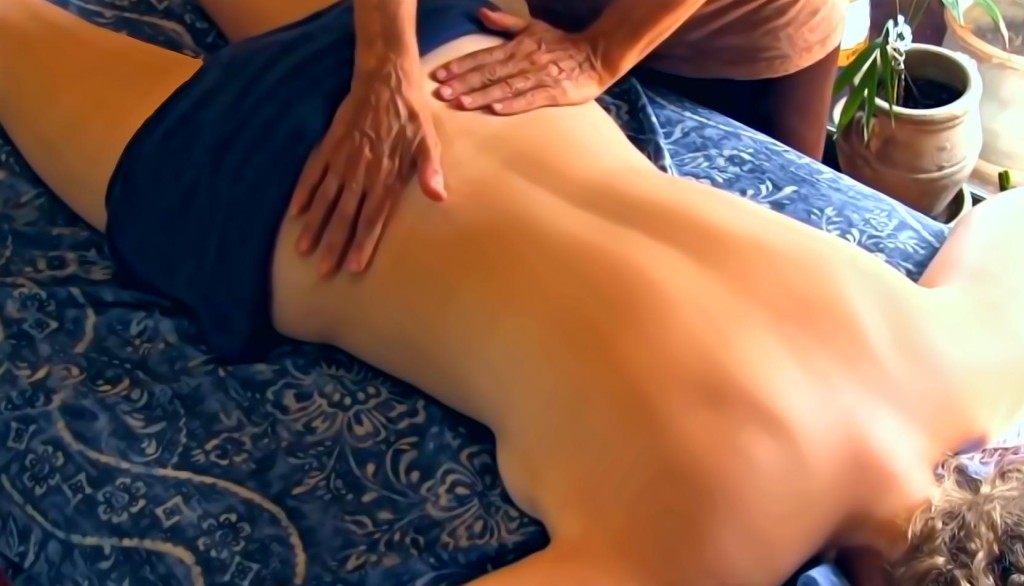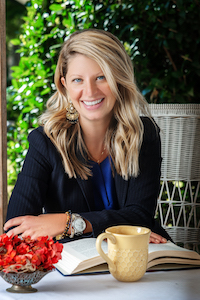Swedish massage is the foundational massage technique found in massage therapy practices throughout the United States. This popular form of massage applies pressure to the surface muscles of the body to increase circulation and oxygen flow, removing toxins and tension. Yet many practitioners and patients alike do not know the origins of this popular form of massage. As you look for more opportunities to add techniques to your business, consider the history of Swedish massage.

Swedish Massage Isn’t Entirely Swedish
A closer look at the English language shows that many items are assigned country names when they didn’t really originate from that country to begin with. The “French fry” for example, is much more American than it is French today. Swedish massage has a similar history. Though a Swede, Peter Ling, is credited with the development of the original Swedish massage, it was actually a Dutch practitioner, Johan Georg Mezger, who systematized it and made it a practice others could copy and utilize.
The Invention of Peter Ling
Peter Ling is often credited with the invention of Swedish massage. Yet Peter Ling’s invention looks very little like the massage today. Instead, it was an exercise-focused methodology that used resistance and specific movements to treat maladies. The basis of his techniques, which included treating the body as if there was a mind/body connection, serve as the foundation of modern Swedish massage, but there was very little massage in the procedures and techniques used by Ling. Ling called his program the Swedish Movement System
The Swedish Movement System Evolves into Swedish Massage
Many years later, Johan Georg Mezger, a Dutch physician, began developing a massage system of his own. His massage-based techniques mirrored many of the movement-based techniques Peter Ling utilized, and Swedish Movement System was eventually renamed Swedish Massage. Though the massage techniques are largely the work of Mezger, because the movements and techniques were similar to the Swedish Movement System, Ling and Sweden got the credit for the invention.
Understanding the Five Strokes of Swedish Massage
Both Ling and Mezger utilized five movements or strokes that were very similar. Today, these are still used in Swedish massage. They are:
- Vibration – A quick shaking of the muscles.
- Petrissage – Squeezing and kneading the muscles
- Friction – Rubbing the body
- Effleurage – Long strokes
- Tapotement – Quick tapping
The similarities between the Swedish Movement System developed by Ling and the massage techniques developed by Mezger have caused some naming confusion, but what is clear is the effectiveness of these techniques. No matter where it originated, Swedish massage is a staple of the American massage therapy practice, and continues to deliver effective results to those who need relaxation and paint relief.

